Higher emission standards to be applied in Hanoi and Ho Chi Minh City
Concerns that old cars will not be allowed into Hanoi
Mr. Le Van Dung (Phu Ly City, Ha Nam) expressed concern about the information that Hanoi and Ho Chi Minh City plan to apply a strict vehicle emission control roadmap from 2026.
According to the draft roadmap for applying national technical regulations on automobile emissions in circulation in Vietnam, automobiles will have to meet emission standards from levels 1-5 (equivalent to Euro 1 to Euro 5). Specifically, vehicles manufactured from 2017-2021 nationwide will apply level 3 from January 1, 2026. Hanoi and Ho Chi Minh City will apply level 4 from January 1, 2027.
From January 1, 2026, vehicles manufactured from 2022 onwards will have to reach at least level 4. Vehicles with Hanoi and Ho Chi Minh City license plates will have to reach level 5 from 2027.
Mr. Dung said that his car was purchased in 2017 and is still operating stably. According to the draft regulation, cars with Ha Nam license plates will be subject to emission level 3. However, if he often travels to Hanoi, the car may have to meet level 4, a level that his car currently has difficulty achieving.
“Every week I go to Hanoi to visit my children and grandchildren or to get medical treatment. If my car does not meet the standards and is banned from entering the city center, it will be really inconvenient,” Mr. Dung shared.
Mr. Dung believes that for people in the provinces, old cars are still a big asset and changing to a new car is a financial burden. Therefore, emission regulations need to have a more reasonable roadmap, while considering flexible forms such as circulating according to specific time frames, areas or supporting vehicle upgrades to help people adapt easily.
Mr. Dung's concerns are also shared by many people using vehicles manufactured before 2017, when meeting high emission standards is a big challenge, especially for middle-income families.
Fear of lack of monitoring mechanism, easy to "skew" reality
Associate Professor, Dr. Phung Dang Hieu, Head of the Technology - Environment Department (Institute of Marine and Island Environmental Sciences), said that the draft has not clarified how vehicles from other localities traveling to Hanoi and Ho Chi Minh City will be controlled.
“If we restrict substandard vehicles from entering the inner city, who will control them? Is there an identification mechanism? It is currently unclear what emission levels the vehicles on the road have. Without clear identification, it will be difficult to implement and will cause confusion for the authorities,” Mr. Hieu analyzed.
He also noted that even within Hanoi’s inner city, there are large differences in population density and pollution levels. For example, areas like Ba Vi and Soc Son, which have clean air, do not really need to apply high emission standards like the inner city.
Therefore, it is necessary to clarify what a low emission zone is. Without a specific legal basis, the punishment of substandard vehicles will be baseless. Regulations need to be realistic, avoiding generalization of all areas.
"If any legal document wants to be put into practice, it needs to be designed in a feasible way, fully assessing the impact on life, economy and society, avoiding causing difficulties for people in the implementation process," Mr. Hieu stated his opinion.
Inspection stamps will be added, and local authorities will be assigned to establish emission zones.
Mr. Le Hoai Nam, Deputy Director of the Department of Environment (Ministry of Agriculture and Environment) said that the drafting agency recorded all feedback from people, experts and functional agencies. The draft is still in the process of being completed to suit the reality of Vietnam.
According to Mr. Nam, regarding the emission control mechanism, the drafting committee agrees with the proposal to add a vehicle identification tool to facilitate inspection forces.
“We will study the issue of labeling according to emission levels or adding emission level information to vehicle inspection stamps. This method has been implemented by many countries, it is both transparent and effective in monitoring,” Mr. Nam informed.
Regarding emission regulations in regions, Mr. Nam affirmed that the draft is based on international experience, in which large cities such as Hanoi and Ho Chi Minh City will apply stricter emission levels. However, during the implementation process, each locality can determine its own “low emission zones” based on specific criteria.
“For example, in Hanoi, with specific regulations under the Capital Law, it is entirely possible to establish different low-emission zones such as inner-city and suburban areas. The legal basis will be specifically guided by the Government,” said Mr. Nam.
HA (according to Vietnamnet)
Source: https://baohaiduong.vn/nguoi-dan-lo-xe-cu-tinh-ngoai-khong-vao-duoc-ha-noi-vi-quy-dinh-khi-thai-413344.html


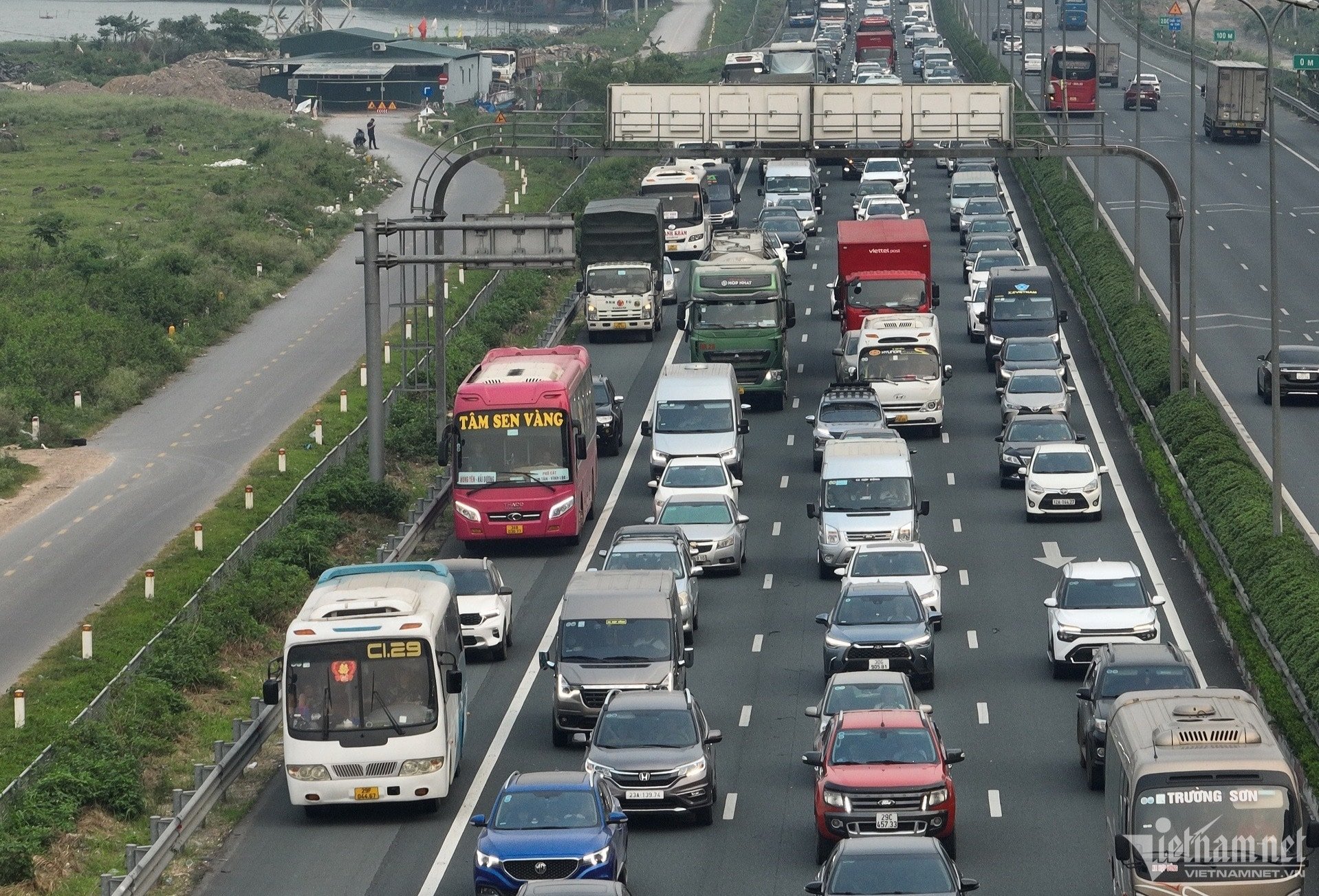






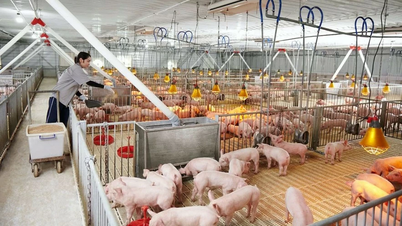

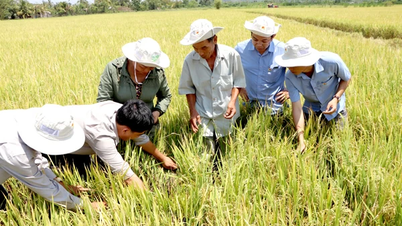
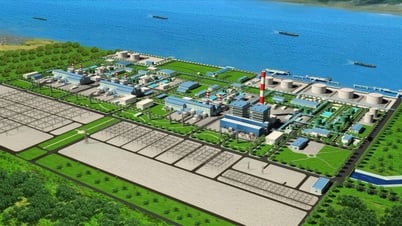

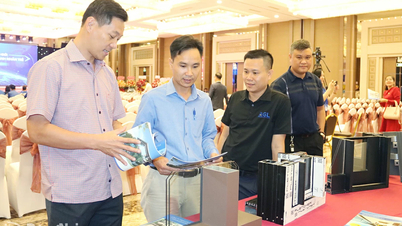
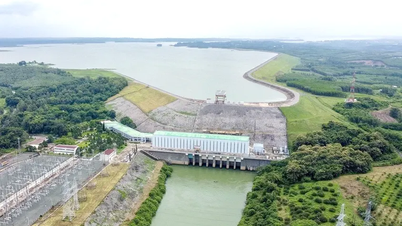
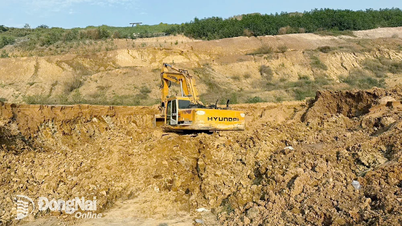







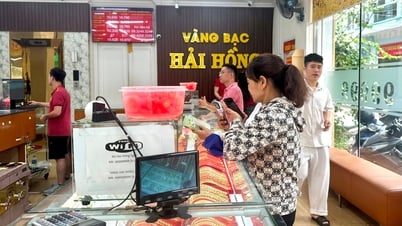



![[Photo] President Luong Cuong works with Hung Yen and Thai Binh Provincial Party Committees on implementing Resolution of the 11th Central Conference, 13th tenure](https://vphoto.vietnam.vn/thumb/1200x675/vietnam/resource/IMAGE/2025/6/6/127b735d2761484d81dcee0d7725a25b)
![[Photo] General Secretary To Lam receives Korean Ambassador to Vietnam](https://vphoto.vietnam.vn/thumb/1200x675/vietnam/resource/IMAGE/2025/6/6/a0765b7543784cbcbfe4755b67d43ab4)





























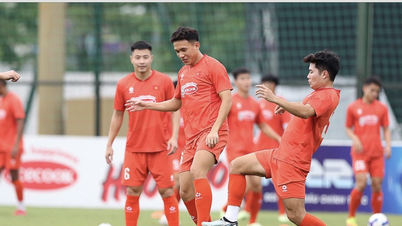
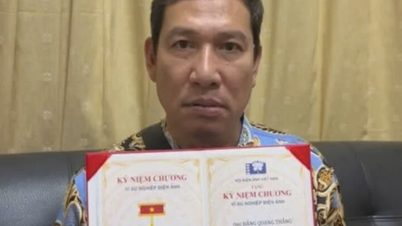







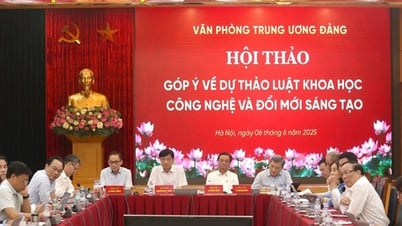




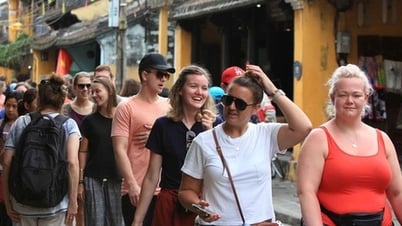



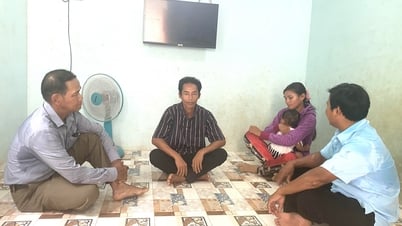








![[OCOP REVIEW] Tu Duyen Syrup - The essence of herbs from the mountains and forests of Nhu Thanh](https://vphoto.vietnam.vn/thumb/402x226/vietnam/resource/IMAGE/2025/6/5/58ca32fce4ec44039e444fbfae7e75ec)





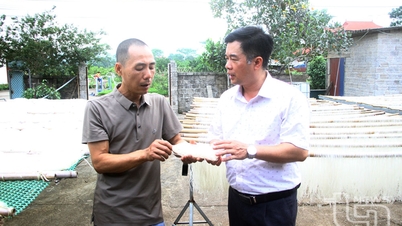


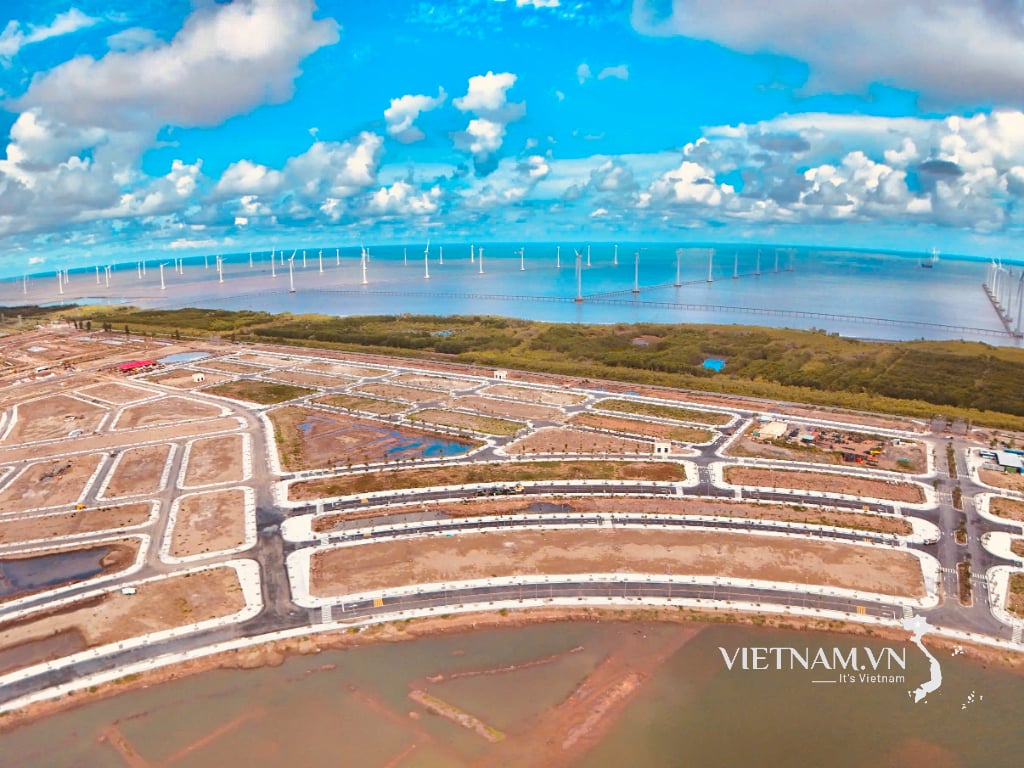
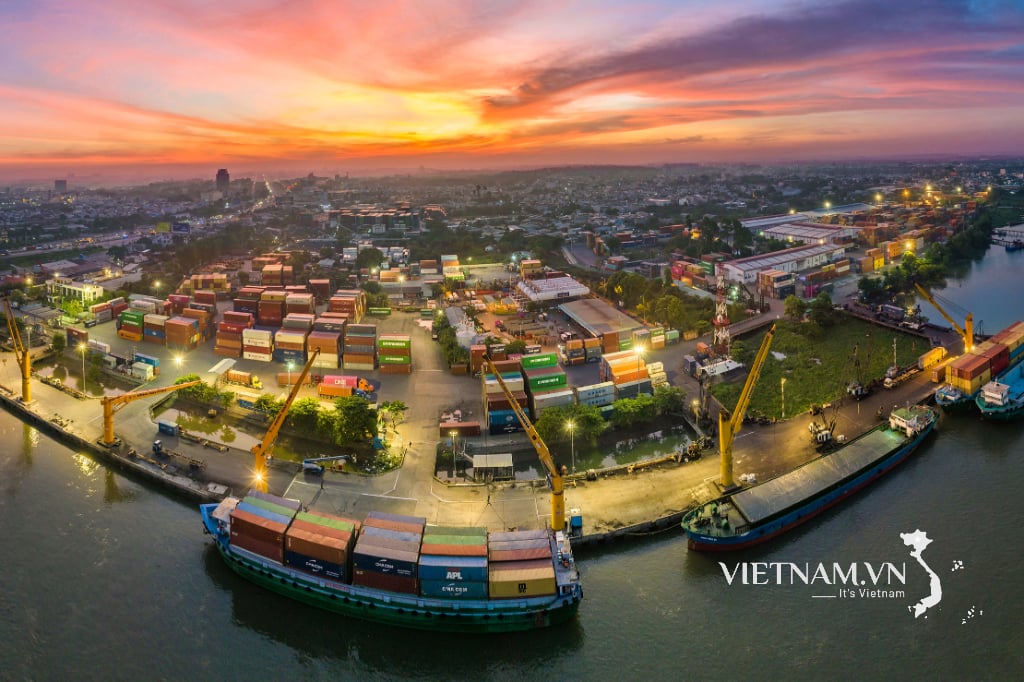

Comment (0)